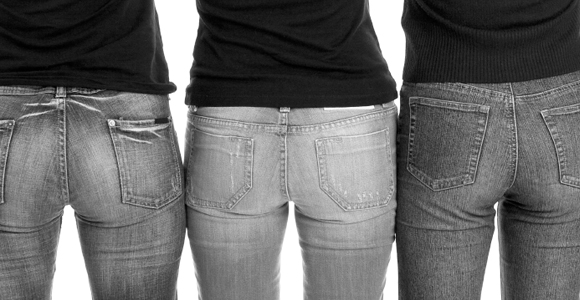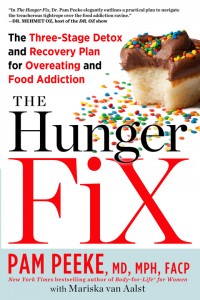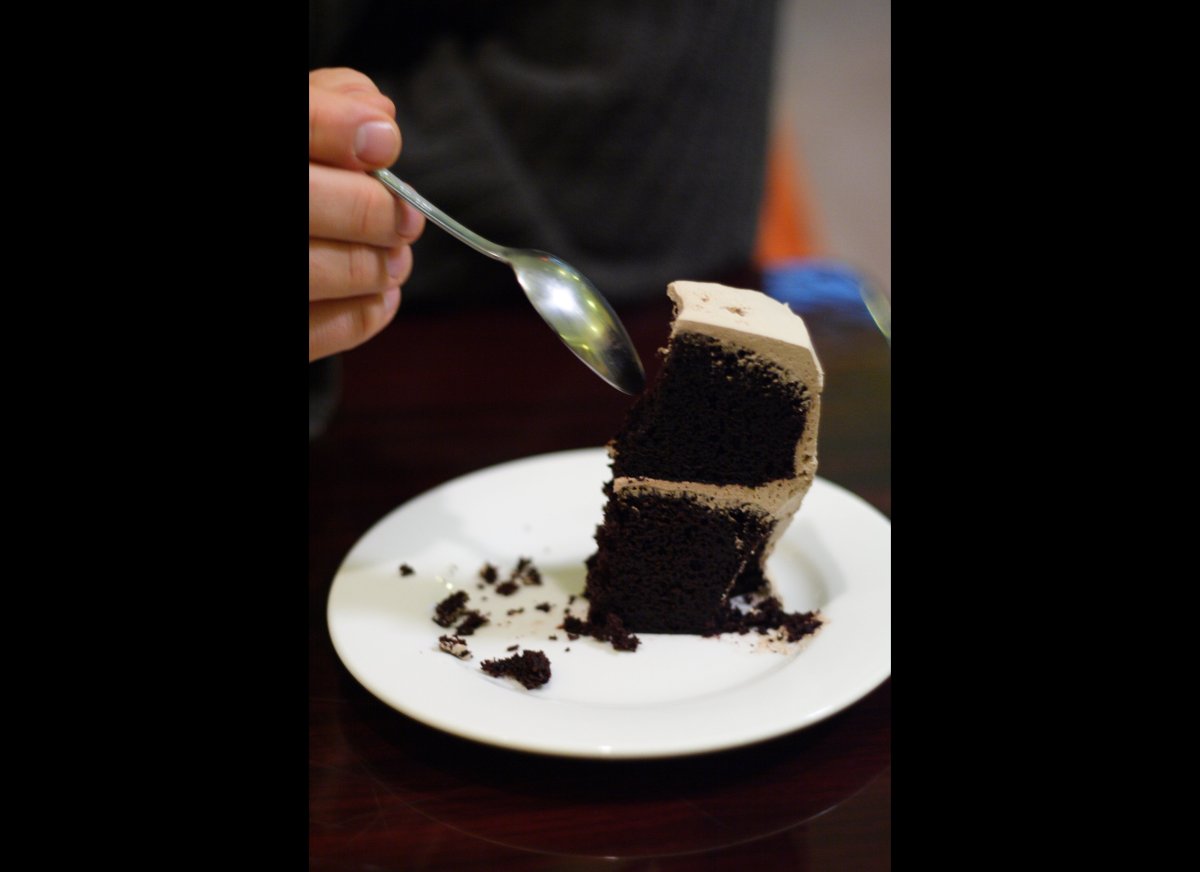Weight loss: Feel full on fewer calories
Feel full on fewer calories? It might sound like another gimmick for weight loss, but it's not. The concept of energy density really can help with weight loss. In fact, well-planned weight-loss diets, such as the Mayo Clinic Diet, use the concept of energy density to help you lose weight and keep it off long term.
Weight loss with more food, fewer calories
Multimedia
Simply put, energy density is the number of calories (energy) in a specific amount of food. High energy density means that there are a lot of calories in a little food. Low energy density means there are few calories in a lot of food.
When you're striving for weight loss, the goal is to eat low-energy-dense foods. That is, you want to eat a greater volume of food that's lower in calories. This helps you feel fuller on fewer calories. Here's a quick example with raisins and grapes. Raisins have a high energy density — 1 cup of raisins has about 434 calories. Grapes have a low energy density — 1 cup of grapes has about 82 calories.
The keys to energy density and weight loss
Three main factors play a role in what makes food high or low in energy density:
- Water. Fruits and vegetables are generally high in water content, which provides volume and weight but not calories. That's why they're low-energy-dense foods. Grapefruit, for example, is about 90 percent water. Half a grapefruit has just 37 calories. Raw, fresh carrots are about 88 percent water. A medium carrot has only about 25 calories.
- Fiber. High-fiber foods not only provide volume, but also take longer to digest, making you feel full longer on fewer calories. Vegetables, fruits and whole grains all contain fiber. Popcorn is a good example of a high-volume, low-calorie whole grain. One cup of air-popped popcorn has about 30 calories.
- Fat. Fat is high in energy density. One pat of butter, for example, contains almost the same number of calories as 2 cups of raw broccoli. Foods that contain fat naturally, such as dairy products and various meats, or foods with added fats are higher in calories than are their leaner or lower fat counterparts.
-
Why Having A Weight Loss Plan Make Sense
America is now in the middle of a health
-
Weight Loss Machine, Weight Loss Recipes
With all of the hype about obesity and all of the billions of dollars
-
The King Of All Weight Loss Motivation Tips
Every weight loss motivation tip is important. But none will help i
-
Use Herbs to Improve Health and Lose Weight
Unless youve always been super skinny al
-
Different Personal Weakness Different Ephedra Diet Pills, Lipodrene, Green Stinger or Vaso Pro
If you are Looking for the correct diet pill to assist you lose weight
-
30 Day High Intensity Workouts And Weight Loss Plans
Are you tired of following weight loss plans but you are desperate to
- DON'T MISS
- A Simple Weight Loss Trick That Still Works
- How to lose weight quickly (and safely)
- Mediterranean Diet Cook Book
- The Best Dancing Video Games For Losing Weight
- The Low-Down On Diet Comparison
- Why Cant I Be Beautiful?
- Lose those Love Handles in Weeks!
- Fitness is Healthier Than Weight Loss
- What are the Best Healthy Fat Burners?
- Dumping Syndrome The Dirty Secret Gastric Bypass Patients Keep




